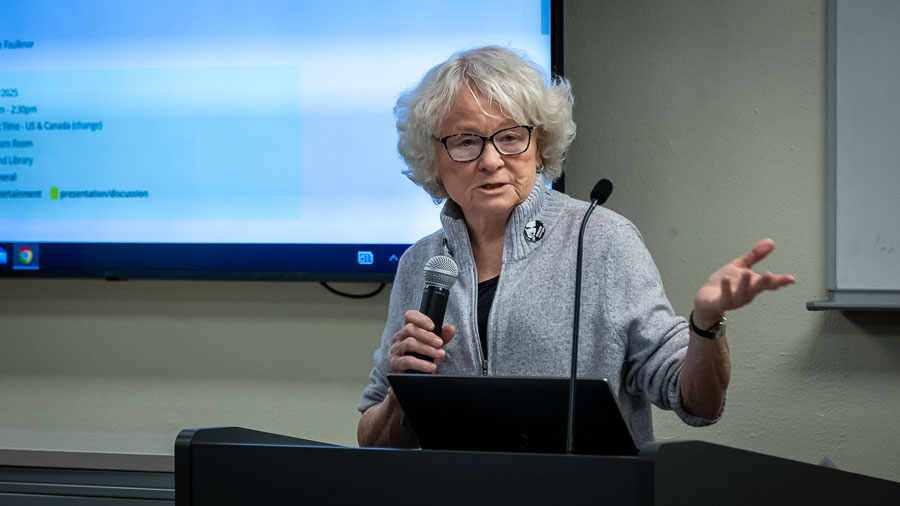OUR VIEW: Postal Service plan for Medford site should be returned to sender
Published 6:00 am Monday, August 14, 2023

- OUR VIEW LOGO (NEW)
Let’s say that you’ve found the perfect birthday card for an old friend elsewhere in the valley who you haven’t seen in a while.
You sign the card (“Let’s get together soon!”), stick a Forever stamp on the envelope, and drop in into a mailbox to send a bit of cheer on its way.
Only to get from where you are (let’s say, Medford) to where your friend is (Central Point, perhaps) the perfect birthday card must be shipped up to Portland for sorting and regional distribution — then sent back to Medford for local processing before it gets where you want it to go.
And, quite possibly, it will carry a Portland postmark.
That scenario seems like the probable outcome as envisioned in plans by the U.S. Postal Service for mail distribution in the region.
Your letters, holiday cards, bill payments, election ballots, business orders, medications, newspapers — even locally sourced “junk mail” — would be shipped six hours in a truck up to Portland, sorted, then shipped another six hours back down to Medford as USPS consolidates services and cuts costs (and jobs) while somehow increasing efficiency.
Yeah … we don’t quite get it, either.
Neither did the 80 or so folks who showed up last week for an information session held to detail the results from a facilities review under the “Delivering for America” plan — one that finds that the current Medford Processing and Distribution Center would be retrofitted into a Local Processing Center.
The USPS review anticipates annual savings of between $3.9 million and $6.4 million once the process is completed. At last week’s meeting, a Postal Service spokesman admitted that the initial estimate shortchanged the number of lost jobs in the potential changeover. Now, 29 positions would disappear.
More information, however, would not be coming to those in attendance at the sometimes heated meeting. Audience members, postal workers and union representatives were given time to address issues and ask questions — but no responses would be coming from the postal officials in attendance.
The format gave off the impression of fulfilling a requirement that needed to be checked off on some list of things to do before going ahead with a project already in the works.
Or, as Claire Krulikowski of Talent put it: “It’s a nice little, top-level, ‘Here’s an idea we have and, by the way we’re gonna let you have your public comment and then we’re gonna go ahead and do it anyway no matter what you say.’”
The conversion of regional processing and distribution centers is happening across the country, as the Postal Service streamlines its operational footprint. And while that might make sense on some spreadsheet somewhere removed from the reality of everyday life, the logistical questions of how these changes will help those in rural areas away from the big-city hubs come across as a lower priority.
John DiPeri, a spokesperson for the U.S. Postal Service Pacific Northwest Division, tried to assure the audience that their comments would be considered in the decision-making process.
“I am a responsible person in the division, and I do have a lot of say in this,” he said, “so these comments will be taken back, and they will be written down and definitely will be reviewed.”
Perhaps, but we wouldn’t blame those who wanted answers if all they heard was that “the checklist is in the mail.”










